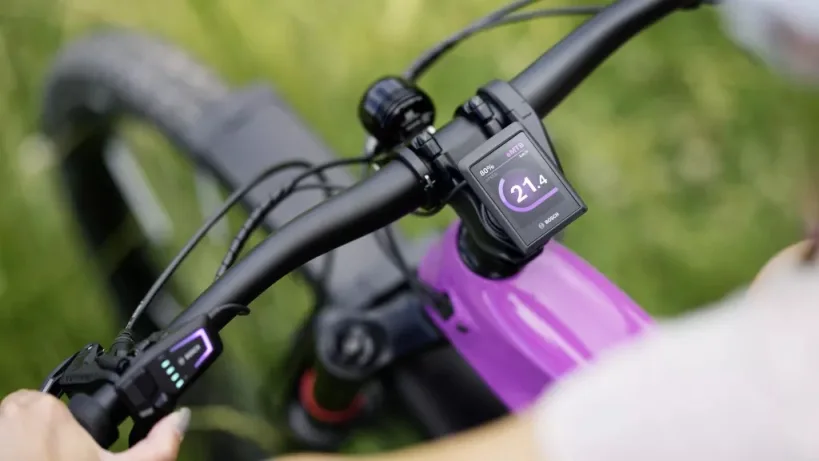Personalization in onboarding flows significantly enhances user engagement and retention. However, collecting relevant user data without infringing on privacy rights requires a nuanced, technical approach. This deep-dive explores concrete, actionable strategies to gather meaningful insights while maintaining user trust and complying with data privacy standards.
Understanding the Core Challenge
The fundamental challenge lies in balancing the need for detailed user data with respect for privacy regulations such as GDPR, CCPA, and user expectations. Over-collection risks legal penalties and user distrust, while under-collection hampers effective personalization. The key is implementing a technically robust, privacy-conscious data collection system that emphasizes transparency and user control.
Step-by-Step Strategy for Privacy-Respecting Data Collection
1. Define Clear Data Objectives and Use Cases
- Identify specific personalization goals—e.g., tailoring onboarding steps based on user interests or demographics.
- Map each data point to a clear use case to avoid unnecessary data collection.
2. Implement Privacy-by-Design Principles
- Use data minimization: Collect only what is essential for personalization.
- Apply pseudonymization: Replace identifiable data with pseudonyms where possible.
- Ensure data encryption in transit and at rest.
3. Use Consent-Driven Data Collection
- Design onboarding screens that explicitly request user consent with clear explanations of data use.
- Implement granular consent options—for example, toggles for location, contact info, or preferences.
- Store consent preferences securely and allow easy withdrawal or modification.
4. Leverage Contextual and Passive Data Collection
- Use device sensors and contextual signals (e.g., time of day, app usage patterns) that do not directly identify users.
- Implement SDKs that support passive data collection with user awareness, such as anonymized analytics.
- Combine passive signals with explicit inputs for a richer personalization profile.
5. Incorporate Privacy-Preserving Analytics Tools
- Use techniques like differential privacy to analyze user data without exposing individual identities.
- Adopt federated learning, enabling model training locally on devices and only sharing aggregated insights with the server.
Practical Implementation Example: Building a Privacy-Conscious Data Collection Framework
| Step | Action | Outcome |
|---|---|---|
| Define Data Needs | List essential data points aligned with personalization goals | Clear scope for data collection, minimizing privacy risks |
| Design Consent Workflow | Create onboarding screens with granular consent toggles and transparent explanations | High user trust with informed consent |
| Implement Data Minimization & Pseudonymization | Use SDKs and backend processing to pseudonymize data and eliminate unnecessary fields | Enhanced privacy protection while retaining useful data |
| Apply Privacy-Preserving Analysis | Utilize differential privacy or federated learning techniques for insights | Accurate, privacy-respecting analytics |
Troubleshooting & Common Pitfalls
- Over-collection: Regularly audit data points to ensure they serve a clear purpose; implement automated tools to flag unnecessary data collection.
- Opaque Consent: Use concise, jargon-free language and visual cues to make consent clear; avoid pre-ticked boxes or hidden disclosures.
- Ignoring User Control: Provide easy options for users to view, modify, or revoke their data permissions at any time.
"Building trust through transparent, privacy-respecting data collection is not just a legal obligation—it's a competitive advantage that fosters long-term user engagement."
Connecting to Broader Strategies
Effective personalization starts with a solid foundation of privacy-conscious data collection. To explore comprehensive strategies for enhancing user experience through onboarding, consider reviewing our detailed guide on How to Optimize User Experience in Mobile App Onboarding Flows. Moreover, aligning these data practices with overarching user trust and satisfaction principles is fundamental, which is deeply rooted in the broader context discussed in {tier1_theme}.
By meticulously implementing these technical strategies, developers can craft onboarding flows that are both personalized and privacy-respecting—setting the stage for a loyal, engaged user base that values transparency and control.






